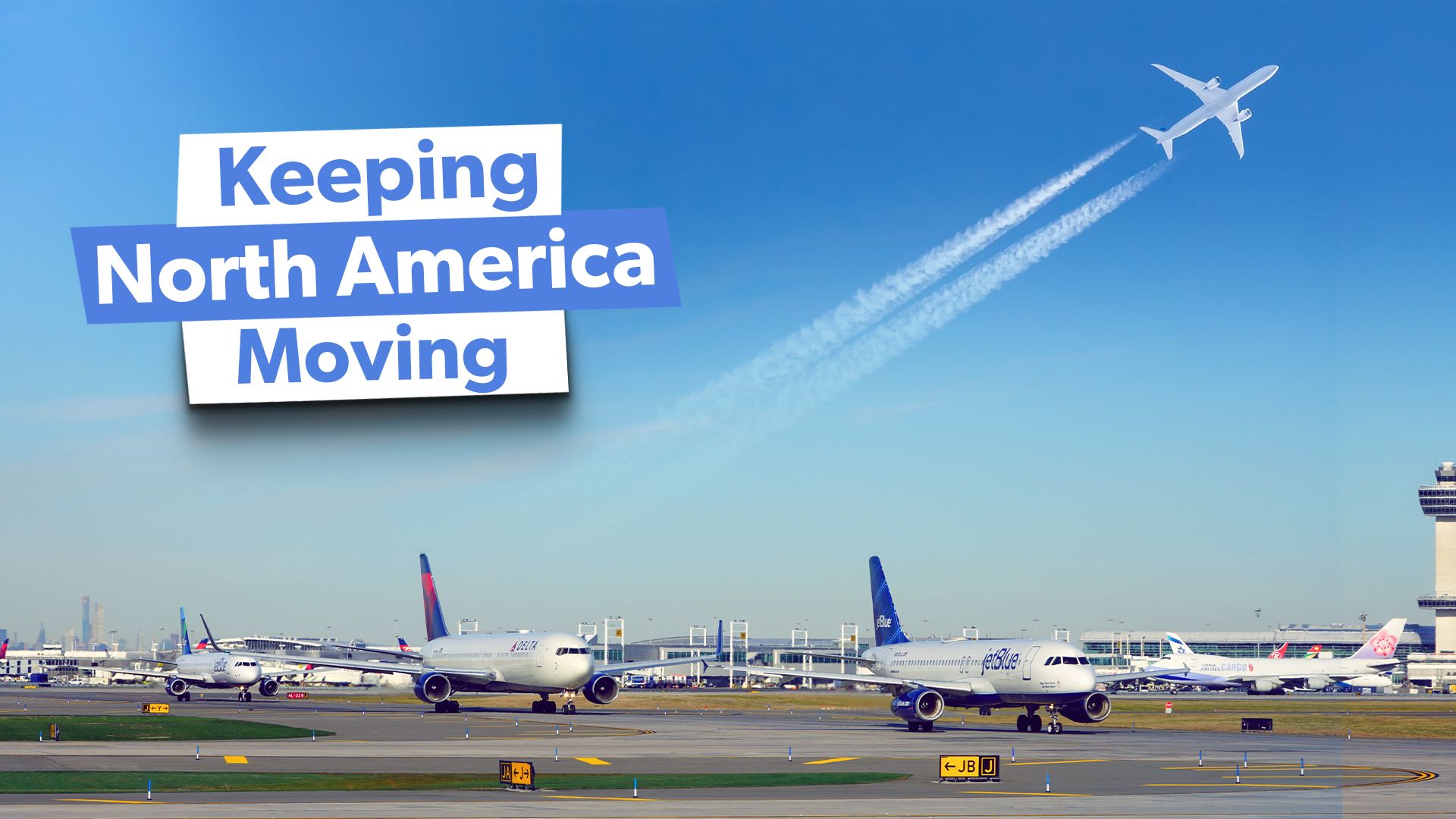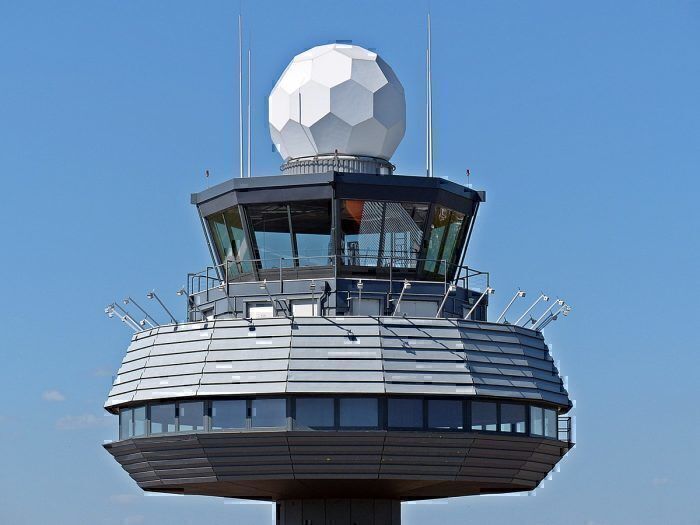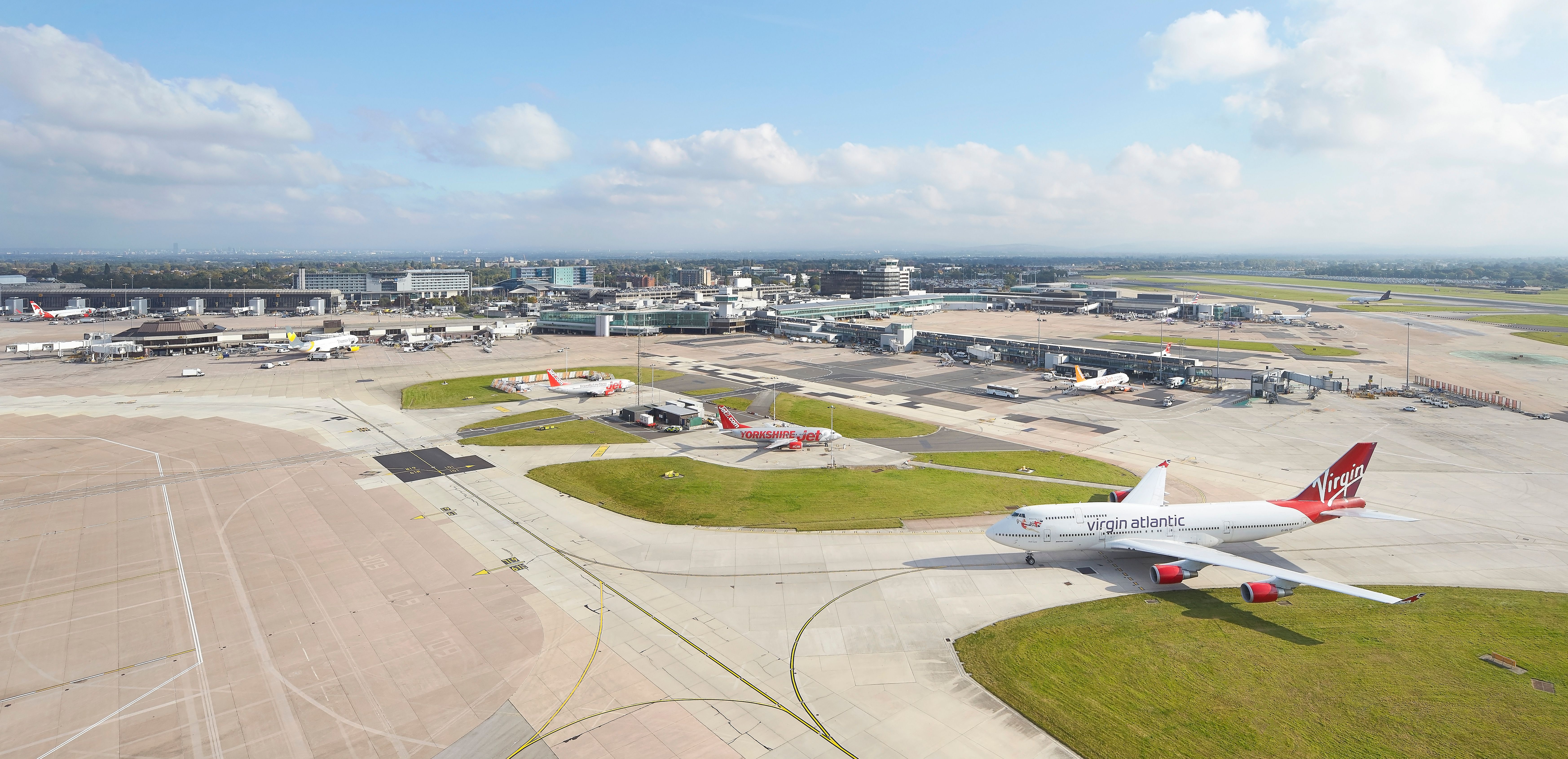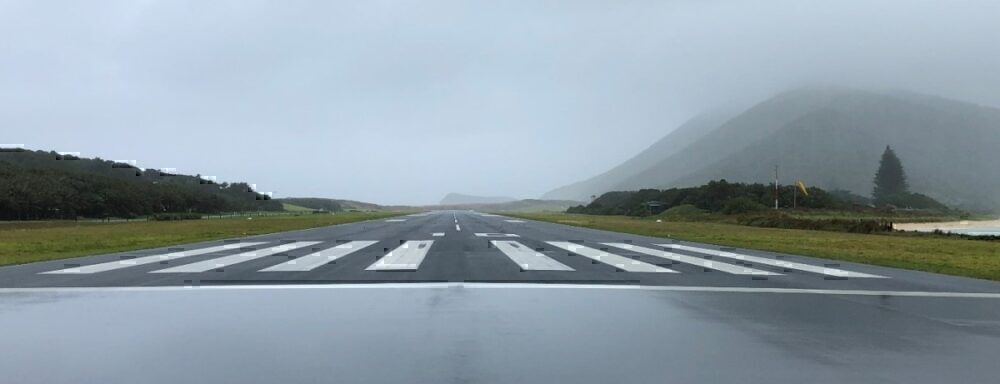Summary
- IATA reports 150% air traffic growth in 2022, with demand for air travel increasing globally.
- Traffic Management Initiatives (TMIs) balance demand with capacity in aviation, with types including Airport-Specific, Ground Delay Programs (GDPs), and Ground Stops.
- North America’s TMIs are modernized through NextGen in the US and data integration in Canada, aiming for improved safety, resilience, and effectiveness in aviation operations.
IATA reported that in 2022, air traffic grew by 150%. The report, which stated that 300 airlines made up 83% of global air traffic, was presented after the aviation sector recovered from the slump during the COVID-19 pandemic. Compared to March 2022, the figure of revenue passenger kilometers or RPKs increased by 52.4%. This shows that the demand for air travel is increasing throughout the world. And given that half of the world’s busiest airports are in North America, knowing about traffic management initiatives in this continent is extremely important.

Related
Eve Partners With Halo Aviation To Launch Urban Air Traffic Management Solution
The companies also intend to develop an operational model to be deployed in specific missions and regions in the United States and the United Kingdom.
Traffic Management Initiatives (TMIs) are techniques that help balance the demand with capacity. This is true for aircraft operations on the ground as well as in the skies. Sometimes too many aircraft can be congested at particular points, causing inefficient operations. This is where TMIs can come to the rescue. In this article, we are going to take a look at the TMIs in the aviation industry of North America.
Photo: Pxhere
The basics behind Traffic Management Initiatives in North America.
TMIs are often used by Air Traffic Controllers, especially when a particular section of airspace or the airport hasn’t been able to balance demand with capacity. Despite the fact that TMIs are there to reduce delays, some people correlate TMIs with actual delays. TMIs in North America (alongside other parts of the world) can be categorized into the following three types.
Airport-Specific (Terminal) TMIs
All airports have something known as an Airport Acceptance Rate (AAR), which refers to the rate at which airports can handle arriving traffic. A few factors that can affect an airport’s AAR include:
The Director of Stakeholder and Industry Relations at NAV CANADA, Jonathan Bagg, touched upon the unique challenge faced by weather disruption of aviation services in Canada:
“Delays in the air transport system are a global phenomenon, but certain aspects of the Canadian ecosystem are unique…Our vast distances make us more reliant on air transportation than most countries. Our weather can be very harsh and challenging, and it can take us more time to recover from disruption compared to countries where infrastructure, equipment and resources are less spread out geographically.”
Photo: American Airlines
Traffic managers must slow down operations in an airport if the number of aircraft heading to that airport inches past AAR.
Ground Delay Programs (GDPs)
All flights that get to a specific airport are assigned expected departure clearance times (EDCTs). However, due to prolonged issues regarding inclement weather or other factors, there might be changes in the EDCTs. In such cases, a form of TMI known as Ground Delay Program (GDP) is a TMI that is often used.
Here are a few things to note about GDPs:
- They solely affect arrivals to, and not departures from, a constrained airport.
- Their airport specificity means that they affect only a single airport.
Photo: Manchester Airport
With regard to GDPs, the Federal Aviation Administration (FAA) dictates:
“Ground Delay Programs (GDP) must be applied to all aircraft departing airports in the contiguous U.S., as well as, from select Canadian airports. Aircraft that have been assigned an EDCT in a GDP should not be subject to additional delay. Exceptions to this policy are miles-in-trail and departure/en route spacing initiatives that have been approved by the Air Traffic Control System Command Center (ATCSCC). GDP procedures do not apply to facilities in Alaska.”
Ground Stops
The most restrictive forms of TMIs are Ground Stops. Generally, this form of TMI is used for a fleeting problem at an airport like:
- A weather phenomenon such as a thunderstorm
- A sharp spike in arrival demand during a specific time of the day
Photo: NSW Government
If an airport meets a problem like the ones stated above, ground stops hold all aircraft at the departure airports before conditions at the destination airport are good enough at the arrival airport. Much like GDPs, ground stops are also airport specific.
Ways to modernize air traffic across the US and Canada
NextGen in the US
The US has opted to modernize its air traffic through an initiative known as NextGen, which is aimed at improving the safety, resilience, and effectiveness of airports in the nation. According to the FAA:
“ Our modernization initiative enables a more flexible — yet robust and resilient — aerospace infrastructure that ensures the safe introduction of non-traditional users into aviation, such as commercial space transportation and advanced air mobility operations. Through research and collaboration, NextGen is defining new standards and further advancing our global leadership in aviation. The FAA fosters international cooperation in evolving enhanced aviation technologies that improve airspace system safety and mobility.”
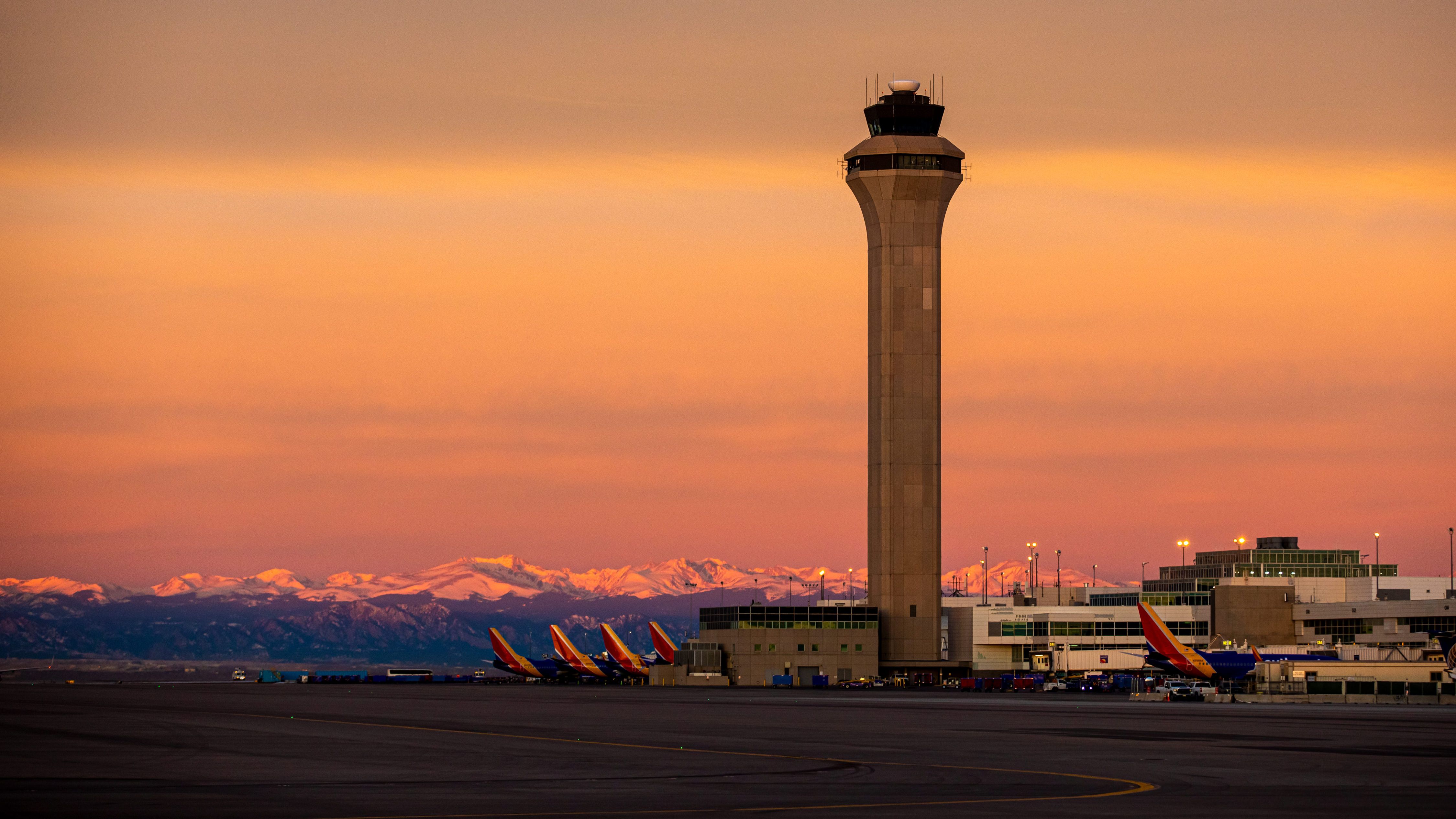
Aviation data integration in Canada
NAV CANADA is also making big investments in technology and data, hoping to integrate data across various aspects of aviation operations in the nation. With big data can come the need to integrate the use of AI into the aviation sector. NAV CANADA’s Jonathan Bragg commented about the need for more cohesion and swifter communication across the various departments that work in making Canada one of the powerhouses of aviation in North America:
“Its an obvious analogy but its like a sports team – to function, every player needs to play their part and understand how their roles are interconnected…This makes data sharing critical – so we can look over the horizon and each plan our operation to be most supportive of other players on the team….The future will be one where everyone is looking at the exact same flight planning and capacity data, knows the optimal route in a manner that’s adaptive to changing conditions and knows where their aircraft needs to be and when during every point in the journey..This will bring a greater level of predictability in the system, even when the weather isn’t cooperating.”
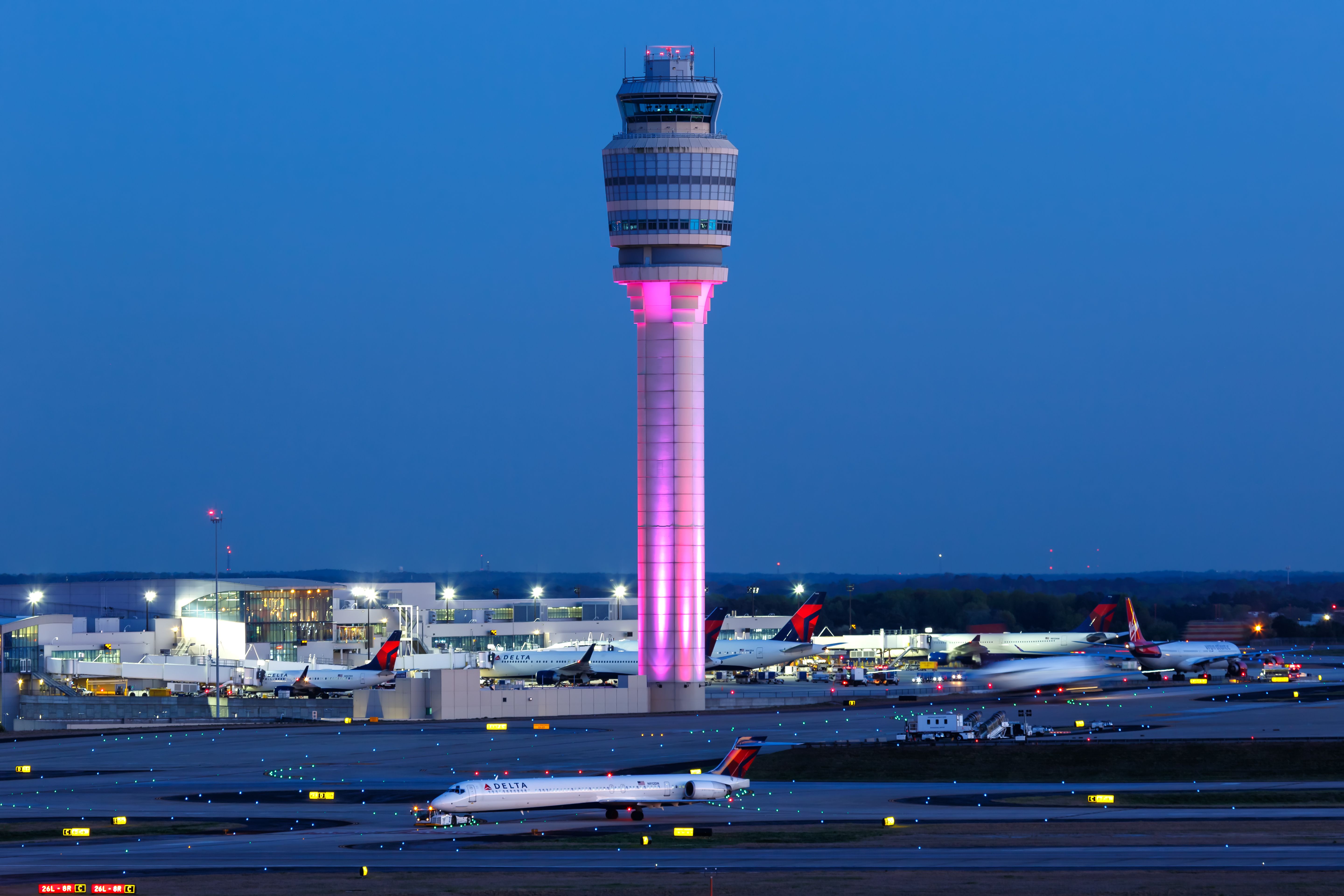
Related
Pilots & Air Traffic Controllers: Who Has More Authority?
Who will have the final word?
Which of the TMIs discussed above do you think is the most important in North America? Let us know in the comments below!

